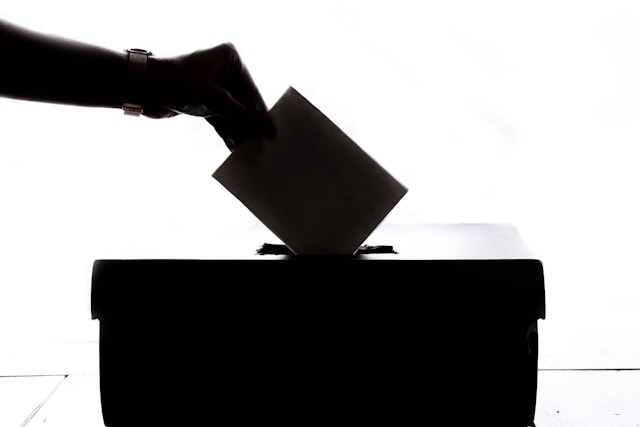Low carbs diet, healthy break, gym and yoga classes. Forget about your KFC family box and throw away all those chocolate bars you keep hiding in your room.
That’s not the intro of “Full Metal Jacket”, nor you are about to be sent to India (I swear). You are just NOT in a good shape. And, as you may know, shape matters. Always.
The funny thing is your chocolate bars might know it better.
That’ the first line of our daily story: a story about chocolate, shapes and trademark law. The main character of this little novel is the iconic four-fingers Kit Kat chocolate bar. Its main purpose – almost a dream now – is obtaining a trademark registration for its shape. For this purpose, our hero (in the form of the Nestlé company) has been filing, over the time, more than one trademark applications, before the national IP Offices as well as the European Union Intellectual Property Office (EUIPO). And in fact, it really wanted to obtain the formal recognition of its own distinctiveness. However, sadly enough, all off its applications were rejected: the last one in August this year. The reason for the denial (declined in a number of different ways by national and EU Courts), consisted in the substantial lack of distinctiveness of the chocolate bar within the EU (or at least in some of its countries). In other words, again, this was a matter of shape. With the sole difference, when compared to a daily-life scenario, that Kit-Kat actually was in a good shape. Still, this shape was not regarded as distinctive enough among the general public.
But life goes on, and so chocolate – related innovations do. Thus, our hero, probably tired to rely on its shape only, decided to paint itself pink. In this way, it goes back to the front page. And in fact, Kit Kat has just become the first brand in the UK and in Europe to manufacture chocolate bars using the ruby cocoa beans created by the Swiss Chocolatier Barry Callebaut. Interestingly enough, the process for creating such an innovative coating, originally covered by trade secrets, is now the object of a number of patents and patent applications all over the world.
That’s indeed a relief for Kit Kat. That’s also a potentially juicy case study for all of us, IP geeks. This is because it gives us the opportunity to reflect upon the relationship between trademarks and patents. And in fact, when it comes to practice, these two Intellectual property rights are often related, given that trademarks might represent a powerful tool to extend the protection accorded to patents. Namely, it is not rare that, after a patent for a product has expired, its owner makes the decision to apply for a trademark for that same product, with the purpose of, unlawfully, extending the monopoly originally accorded by its patent.
Surprisingly enough, such a relationship appears to be inverted in the Kit Kat case.
And in fact, as it seems to us, the ruby cocoa patent might be the tool to achieve an otherwise-impossible-to-obtain trademark protection. In other words, the combination of the four fingers shape and the pink coloured coating would give birth to a new, different trademark application whose distinctive force, indeed, would be in this way enhanced. In the same time, this would give rise to a number of additional questions concerning: (i) the nature of such a trademark (whether it shall be a colour or a shape mark); (ii) its distinctiveness; and (iii) the scope and applicability of the exclusion provided for functional trademarks. This very last question is, in our view, particularly interesting for two different reasons.
On the one side, in general terms, it would be for us to assess whether the functionality exclusion would apply to trademarks other than shapes. In this sense, some help might be offered by the analysis of the ECJ ruling in the recent Louboutin case, with specific regard to the Opinion expressed by the Advocate General. On the other side, once assessed the applicability in abstracto of the ground, the key point would be to establish whether or not in the present case the provision would have the effect to exclude the protection for the pink four-finger chocolate bar. In this regard, it might be helpful to remember that the presence of a patent is often regarded by the Office as a signal of the functionality of the trademark. With the consequence that the latter might be excluded from registration, even before any further analysis over its distinctiveness is carried out. Thus, reasoning on these grounds, also this new (hypothetical) Kit Kat trademark application, although its enhanced distinctiveness, could be rejected, this time based on a different ground[1].
… But this is another story. After all, it’s not all about the shape.
[1]Namely, Art. 7 (1) (e) EUTMR. Please note that rejection might also be argued basing on the third indent of the provision: signs consisting exclusively of “shapes giving substantial value” to the mark.



